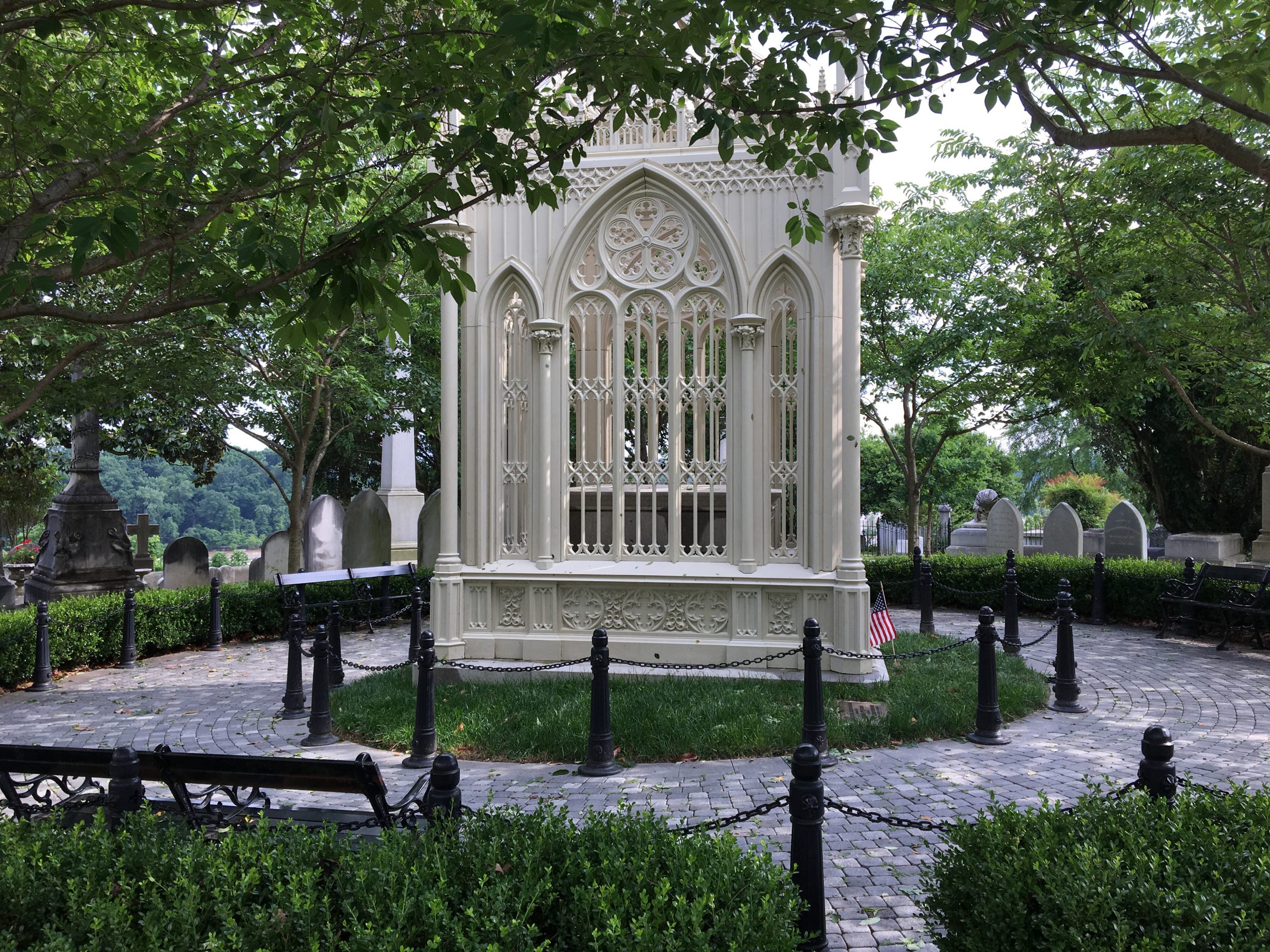Monroe was sent to the College of William and Mary.
At 18, he dropped out of college and joined the Continental Army in the 3rd Virginia Regiment as a lieutenant serving under Captain William Washington.
Monroe and his Virginia regiment were called to serve in the New York and New Jersey campaign. Shortly after their arrival, General Washington was forced to retreat from New York into New Jersey, and then cross the Delaware River into Pennsylvania. In December 1776, Monroe was part of a surprise attack on a Hessian encampment at Trenton. Monroe, badly wounded, was promoted to Captain for his bravery and sent home to recover.
Captain Monroe returned to the front and served on the staff of General William Alexander (Lord Stirling). Monroe served in the Philadelphia campaign and spent the winter at Valley Forge in 1777–1778. After serving in the Battle of Monmouth, he resigned his commission and joined his uncle in Philadelphia. After the British captured Savannah, Monroe received a commission as Lieutenant Colonel in the Virginia Militia. Later he assisted Virginia Governor Thomas Jefferson to defend Richmond and was made a Colonel.
The life of James Monroe was forever altered by his experiences as a soldier. He studied law under Thomas Jefferson and later served as member of the Virginia Assembly, member of Continental Congress, Senator, Ambassador to France, Governor, Secretary of State and Secretary of War, followed by two terms as president of the United States from 1816–1825.Monroe died in New York City on July 4, 1831.



